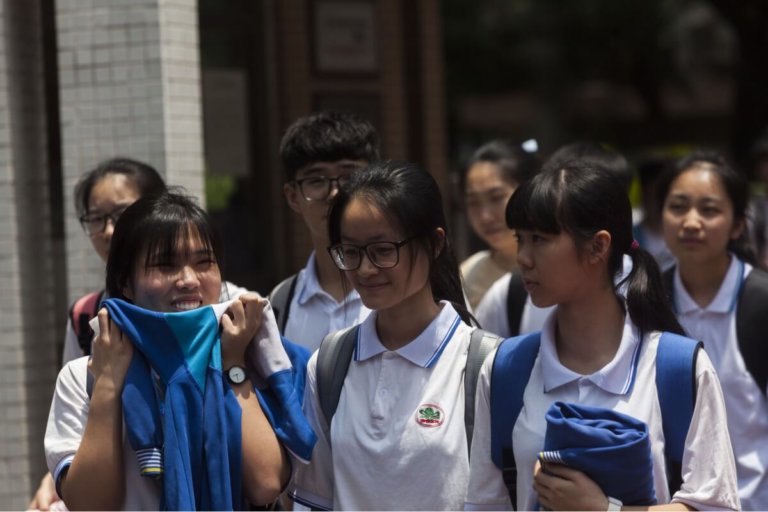
International schools are typically associated with the rich and the elite. In Asia, these institutions initially catered to expatriates living in the region temporarily so their children could receive an international education and won’t be left behind when they return to their home countries.
Over the years, international schools have also opened their doors to local students from affluent families and the rising middle class, most of whom want their children to receive an education that will put them on par with the rest of the world.
As more and more of these parents are looking to send their kids abroad for higher education, they believe that receiving an education from an international school will adequately prepare them for their studies overseas.
But the exorbitant tuition fees for some of these schools are becoming deterrents to those who want the best for their children but can’t fully afford it.
As Asian countries become stronger economies and locals become more educated, the number of expats with large pay packages that finance their children’s international education is also declining.
These parents are now looking towards affordable international schools that can offer the same quality international education without the high price tag.
Here are three international schools in Asia that are on the lower end of the spectrum when it comes to tuition fees.
Fudan International School – China
Fudan International School Ziyareti http://t.co/N6HSb2nQJo pic.twitter.com/fLBshOUUCF
— Özel Ege Lisesi (@Ozel_Ege_Lisesi) October 8, 2014
As one of the largest international school markets in the region thanks to the rapid rise of the middle class, China is home to several international and private schools that charge extremely high tuition fees ranging from US$29,679 (150,000 RMB Chinese Yuan) to US$34,687 (240,000 RMB Chinese Yuan) per year.
Expats looking for more affordable options can look towards private or national schools that offer international departments so students get the best of both worlds.
One such school is Fudan International School, the international division of the Fudan High School, affiliated with Shanghai’s most prestigious university, Fudan University.
The tuition fee per semester at this school is approximately US$5,000, and students learn from a US-
International schools in Hong Kong, a bustling and multicultural city in Asia, are known to be on the high side due to the large number of expats.
Not many schools fall under the average US$15,339 (HK$120,000) mark for tuition fees per year, but there is one school that stands out at just US$11492 (HK$89,900) a year.
The HKCA Po Leung Kuk School in Tin Hau, which opened in 2017, was established by a charitable organisation that provides educational services at over 120 schools in Hong Kong.
According to The HK Hub, “One of the driving goals when setting up HKCA Po Leung Kuk School was to establish a school offering an international education in a not-for-profit manner. This sits in stark contrast to a number of the larger schools run by private equity backed corporations netting hundreds of millions, even billions, dollars of profit.”
The small but growing school currently offers admission for students in Grades 1 to 5 (5-11 years old).
Singapore is another booming country in Asia with high costs of living and high tuition fee costs in international schools.
Some schools charge up to US$29,276 (SD 40,000) today, so a new wave of ‘budget’ international schools have recently opened up to offer more affordable options to expats and locals, such as The Grange Institution.
The school, which newly opened last year, offers an introductory full year’s tuition (for a limited period) at the school for US$11,593 (SD 15,840).
Besides fees, many international schools also have hidden costs such as laboratory fees, transport costs and special class modules.
The Grange, on the other hand, doesn’t hide extra fees and the only other fees for parents to consider is a US$4,208, (SD 3,080) enrollment fee which includes uniforms, field trips and a library bag.
Ronald Stones OBE, Director of Schools at The Grange, told ExpatLiving, “We brought operating costs down by creating multi-functional learning spaces that are reconfigured to accommodate a variety of learning activities.
“We focus on the basics of what education is really about – literacy, reading and communication. Learning spaces are created to support our focus, and spaces which did not add value to learning were eliminated.”
Liked this? Then you’ll love…
The 4 types of international schools in China
International schools that help students stand out in a global economy







